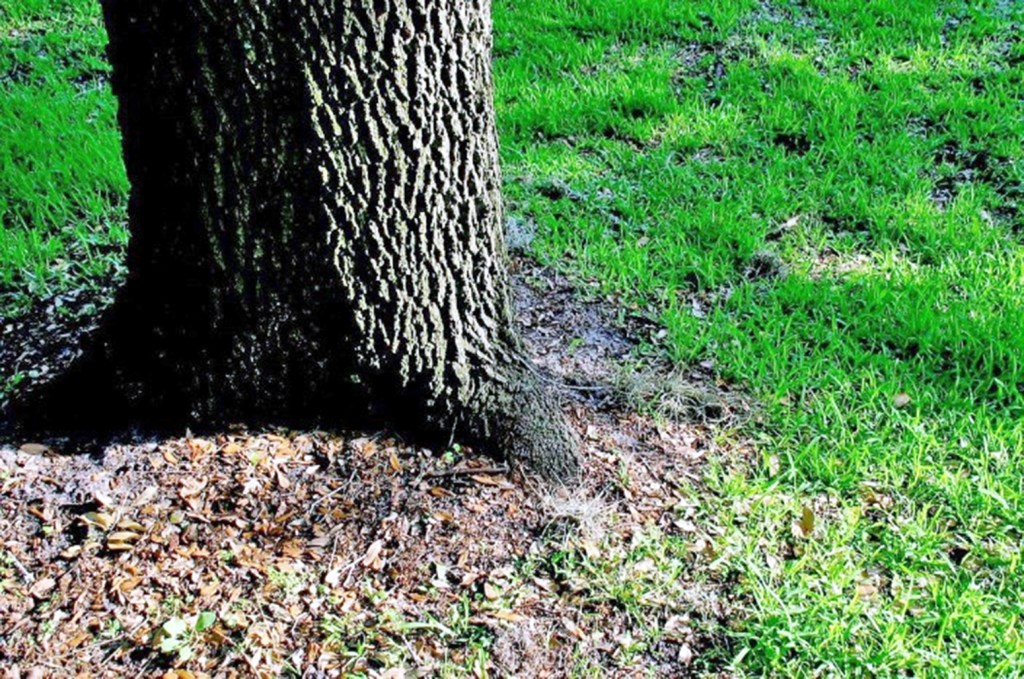ONE GARDENER TO ANOTHER: Growing grass under trees
Published 11:34 am Monday, August 20, 2018

- Some grass is made for the shade, but others, like bermudagrass, is not. Most grass requires a minimum of 6 hours of direct sunlight.
I can go out into the yard every day and find something to do. There are vegetables to be picked, containers filled with colorful flowers to be watered, and bird feeders to be filled.
I take a daily cruise around the yard and check out how a new plant is doing, pinch a few spent blooms, admire the good job the menfolk did mowing and edging the lawn, and just take general stock of what is going on.
It would seem that I am fairly meticulous when it comes to gardening, however, that isn’t exactly true. I putter around the yard and look at things that I am interested in. I very rarely notice the condition of the lawn beside whether it needs to be mowed. Not that I don’t love lush, green grass; it just isn’t my thing.
This is not the case with my other half. My husband sees the lawn first and the whether or not the bird bath has clean, fresh water, last. Last year he came to me about some browning going on near one of the trees. I dismissed it being anything more than just the shade from the tree being the cause. We had army worms.
We have a tree that is getting to be a good size. Its canopy is casting a good amount of shade. It is a good place to get out of the blazing sun but not ideal conditions for grass to survive. I hadn’t given any notice to the growing circle of brown under the tree, but the man did.
We have a few trees that will, in the near future, start to cast large amounts of shade over some really nice grass. So the question came. How do you grow or keep grass under a tree?
Some grass is made for the shade, but others, like bermudagrass, is not. Most grass requires a minimum of 6 hours of direct sunlight. The other factor that make this difficult is the tree is in competition with the grass for moisture and nutrients.
There are a few tactics that can be employed before the grass loses the battle.
Lower branches can be removed or thinned to allow more light to get to the ground. Unfortunately, this isn’t always an option for aesthetic reasons, or because of the pure size of a limb. Not that it couldn’t be removed, but doing so would harm the tree.
A dense canopy can also limit the amount of rainfall that the grass receives. The soil will become dry and less fertile. Grass under trees can be watered more often, especially when rainfall is minimal. Grass can also be fertilized more frequently than the rest of the lawn; about two or three times per year.
Trimming one-third off the top of a lawn growing in the sun and receiving proper moisture is an ideal mowing practice, however, it can aide in the demise of the turf under a tree. These shaded areas should be mowed at a higher height than the rest of the lawn, causing less stress to the struggling blades.
Fallen leaves left under the tree also does not allow sunlight to get to the grass. Routine raking will give the grass a change to get the light it needs.
Finally, areas under trees can be seeded with shade tolerant grass, such as fescue. When seeding, watering should be done daily for the first few weeks until the seeds germinate. After this you can slowly decrease watering until you are only watering once or twice a week.
It is difficult to grow grass under trees but not impossible. If all else fails, there are many shade loving plants that would love to make a home under the trees. Until next week, happy gardening.
— Irland, a member of the Limestone County Master Gardeners, can be reached at kippirland@hotmail.com. For more information on the Limestone County Master Gardeners, visit http://mg.aces.edu/limestone.


